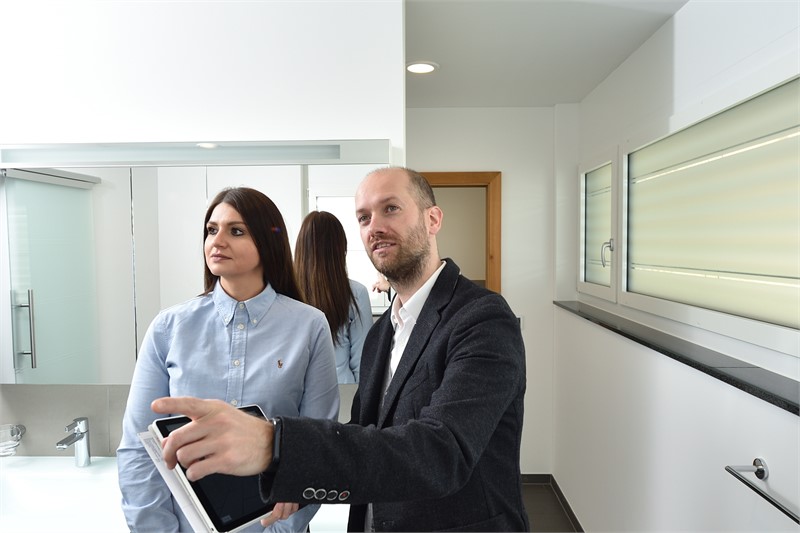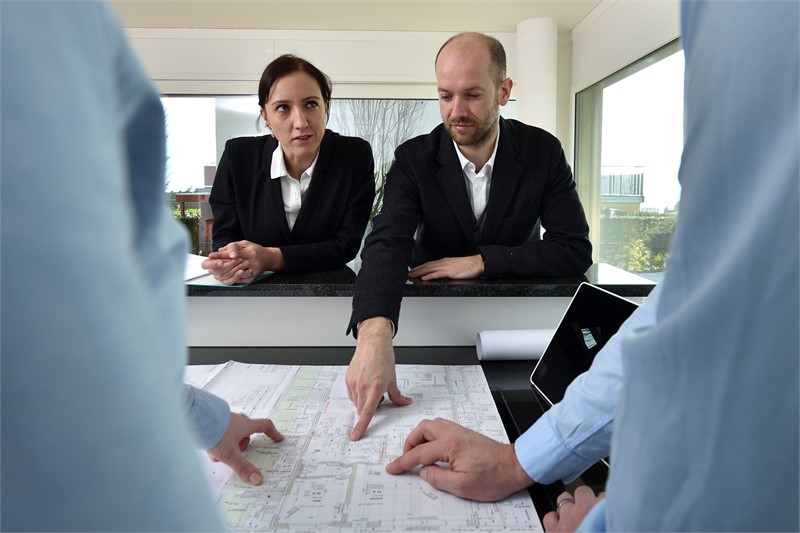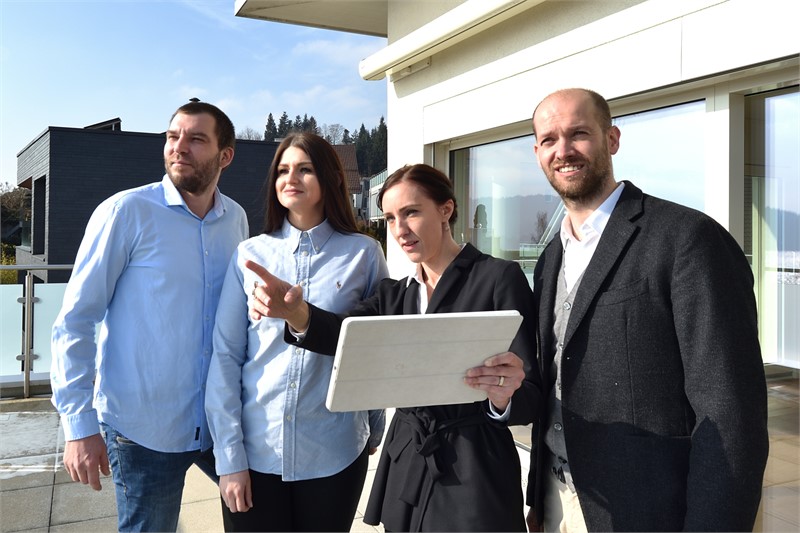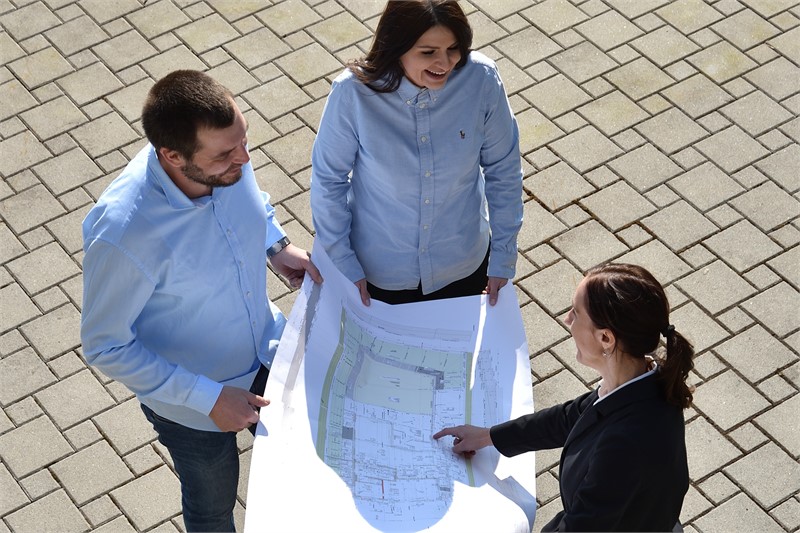Usage phase
After the conclusion of the building work comes the usage phase

Concerning the efficiency review and the upkeep of the fabric of the building
If the result is as requested, that does not mean that everything is actually in best condition. Goal formulations are not universally applicable, markets change, knowledge increases, buildings are used and become obsolete. During the usage phase, important parameters emerge and are used for later projects. As the usage phase is by far and away the longest phase of the building’s life cycle, great opportunities present themselves, if this phase is continuously examined. Paying close attention is particularly rewarding in this phase. The results are given a critical examination and re-optimised, but the soft issues are also used in an efficient management of the building in this phase. Continual building audits preserve their value and the uses of this valuable investment.
On the basis of the economic audit (according to the planning phase), after the construction’s completion it may be checked more closely during the usage phase. During this audit, it is a matter of using the controls produced by the specialist or servicing bodies to check the success of the economic audit of its time. According to the meaning of the construction project, more or less comprehensive documentation is to be compared with the actually executed construction project (including changes to the project) and the final total costs and the differences emerging and their effects to be highlighted. In the absence of concrete economic audits, the auditors must fundamentally deal with the following aspects:
- was the desired result achieved with the lowest possible expenditure?
- was the best result achieved with the means provided?
Diligent maintenance of the building’s fabric is a great financial and personal expense and represents a component that is not be underestimated during the audit activities of an internal audit.
For optimal maintenance, a strategy is called for to avoid an excessive reduction in value and simultaneously to achieve as high as possible an availability of the units. Nevertheless, efforts are still made to reduce the maintenance costs to the absolute minimum. The following goals are striven for during the strategy discussions:
- profit maximisation
- cost minimisation
- value retention
- security
- availability
Facility management has as its aim a more efficient cost structure and with it a higher profitability, through which the coordination of planning, running and controls for buildings and facilities lead to an improved flexibility of use.
Facility Management (FM) is comprised of the different tasks of building management:
Technical FM for the maintenance and restoration of the building
Commercial FM for contract management, accounting, site management, usage planning and time management
Infrastructure FM for the cleaning, caretaking, refuse disposal etc.



